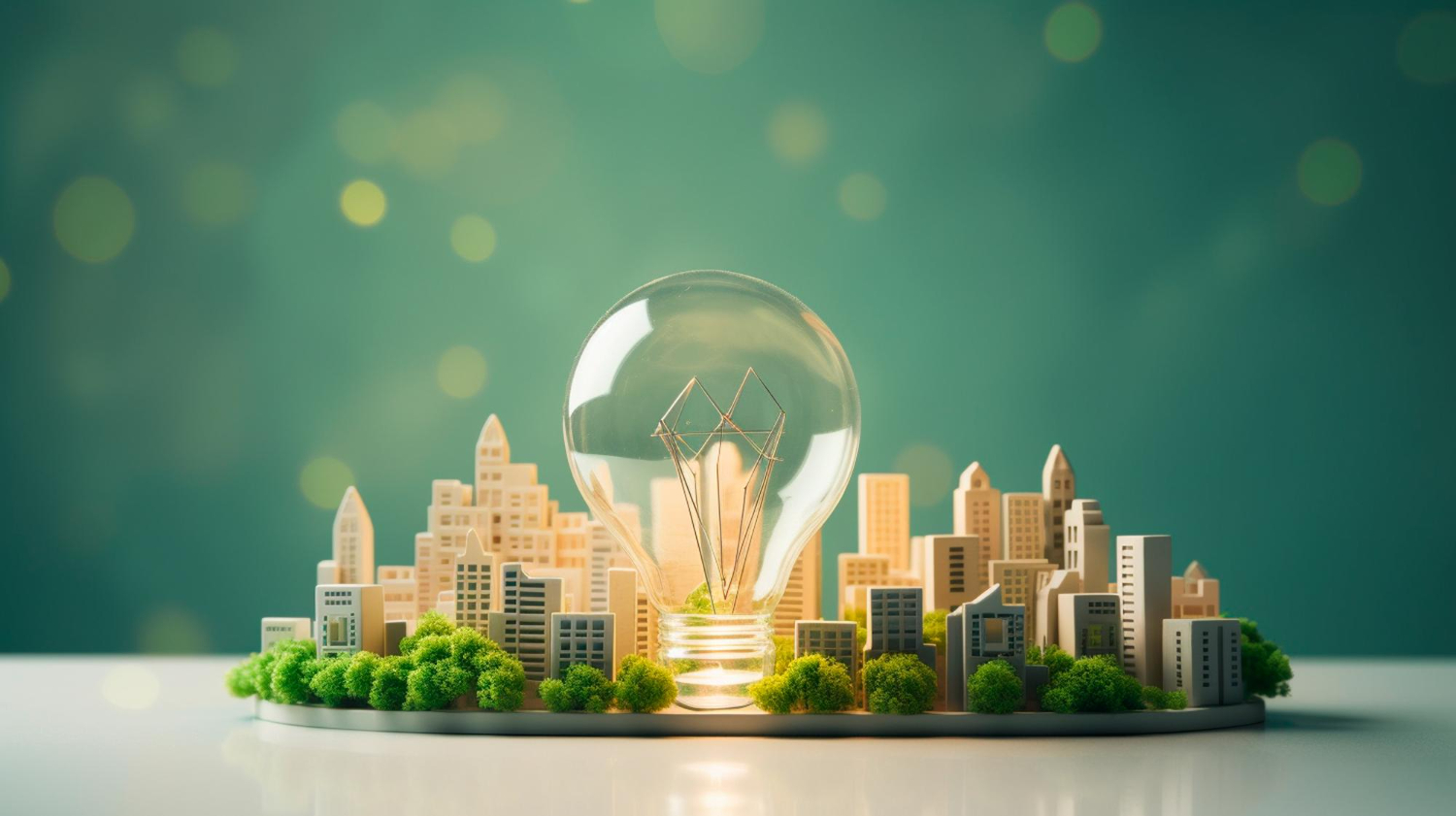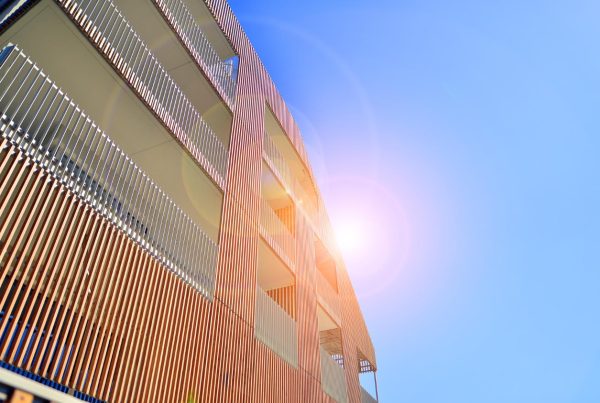
According to the World Meteorological Organisation, a UN body responsible for monitoring weather, climate, and water resources, there is a 50% likelihood that the average global temperature will exceed 1.5 degrees Celsius beyond pre-industrial levels within the next five years. This critical figure marks the distinction between a habitable planet and widespread devastation. Regardless of personal beliefs regarding the correlation between rising global temperatures and increased natural disasters, the loss of lives and potential economic repercussions are undeniable. Consequently, businesses spanning various sectors are taking active steps towards sustainability and environmental consciousness. This endeavour is particularly urgent within the construction industry, where our daily efforts are dedicated to shaping the future.
Historically, the construction field has not been at the forefront of sustainable initiatives. As of 2021, global management consulting firm McKinsey estimated that construction contributed nearly 40% of global emissions, with 28% stemming from raw material manufacturing. If left unchecked, carbon emissions from construction could escalate over the next three decades due to the demands imposed by a growing global population.
However, as many nations worldwide have committed to sustainable practices and ambitious objectives, including achieving carbon neutrality by 2050, there is positive momentum. Organisations across continents are setting their own targets to align with corporate, national, continental, and global ambitions. With a focus on erecting resilient infrastructure and durable, low-carbon assets, companies strive to minimise landfill waste, reduce water and material consumption, and expand eco-friendly transportation fleets.
Predicting the potential impact of climate change-induced natural disasters on assets presents a formidable challenge for investors. Yet, purpose-built intelligent construction platforms can enhance decision-making processes, offer predictive insights through AI, and aid in risk mitigation while reducing carbon footprint. For instance, digital documentation, drawings, and 3D models contribute to paper reduction. More significantly, these platforms streamline waste reduction and costly rework by visualising the end result before commencing construction.
The concept of smart cities underscores how data analytics can facilitate sustainable building practices. As urban development paradigms evolve, construction will increasingly rely on data analysis to uncover efficiencies, emissions patterns, and citizen utilisation of urban spaces. Such insights pave the way for future best practices to further enhance the sustainability of buildings and cities.
Looking ahead, it is predictable that additional global sustainability commitments and regulations will be implemented nationally and internationally. These directives will continue directly influencing upcoming construction projects, dictating choices ranging from building materials to technology integration.














